Completed in 2015, the Shizuoka Gymnasium is an architectural marvel designed by renowned Japanese architect Hiroshi Naito. Located in Shizuoka Prefecture, Japan, this four-level sports facility showcases the beauty and resilience of laminated timber trusses. With an emphasis on simplicity and durability, Naito has crafted a stunning wooden structure that stands as a testament to his innovative design approach and commitment to sustainable materials.
Kusanagi Sports Complex Gymnasium Technical Information
- Architects: Naito Architect & Associates
- Location: Shizuoka Prefecture Kusanagi, Japan
- Full Project Name: The Gymnasium in Shizuoka Prefecture Kusanagi Sports Complex
- Topics: Sports Facilities, Gymnasium, Concrete, Wood
- Project Year: 2015
- Total floor area: 13,509 ㎡
- Photographs: © Courtesy of Hiroshi Naito Architects
Architecture is the place where the lives of the people who live within it dwells, and the architecture itself comes to life as the memories of the space and time experienced by the people cohere to it.
– Hiroshi Naito
Kusanagi Sports Complex Gymnasium Photographs
Protoscape Architecture: Hiroshi Naito’s Earthquake-Resistant Kusanagi Sports Complex
Hiroshi Naito, a renowned architectural theorist, is dedicated to creating modern, enduring architecture that can last for over a century. His latest project, the Kusanagi Sports Complex Gymnasium, is Japan’s largest wooden structure, and it recently opened in Shizuoka Prefecture. In the post-3.11 era, Naito emphasizes the importance of shifting from “protoform” (an individual’s dream living) to “protoscape” (a shared dream landscape for a collective group of people).
In Japan, designing buildings with durability and earthquake resistance is of utmost importance. To support the massive roof of the Kusanagi Sports Complex Gymnasium, which has a load of 2,350 tons, Naito implemented an innovative design. He used 256 cedar-bonded blocks of wood, each measuring 14.5 meters in length, as pillars arranged elliptically while varying angles between 45 and 70 degrees. Steel braces on the back of the bonded wood provide support for short-term loads.
To counteract the thrust force at the base of the bonded wood, which tends to extend outward, post-tension is applied to the lower part of the bonded wood by installing RD horizontal rings. This design ensures stability and strength, allowing the gymnasium to serve as a safe and durable architectural masterpiece for the community to enjoy for generations to come.
Models of Hiroshi’s Naito Gymnasium in Shizuoka
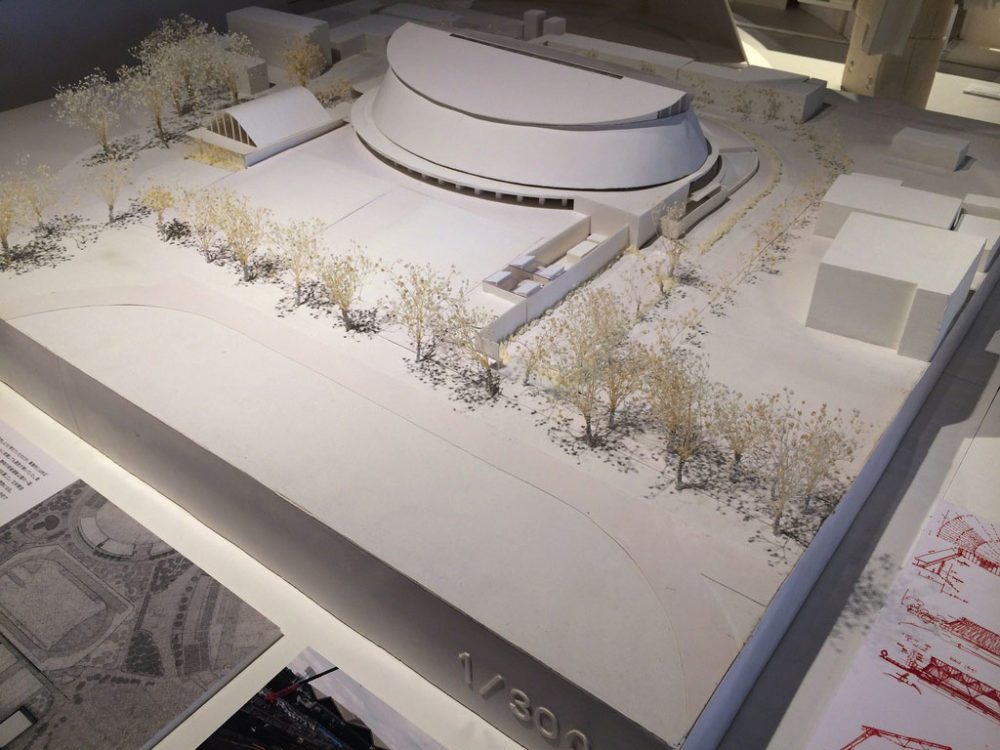

Hiroshi’s Naito Gymnasium in Shizuoka Gallery
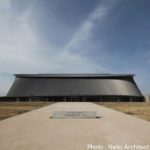
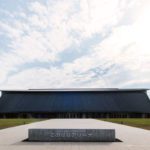
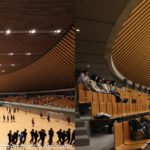
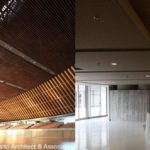
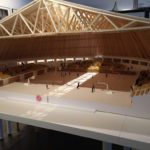
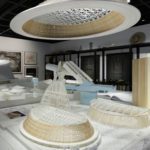
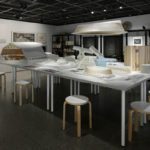
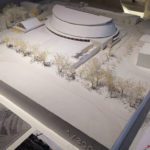
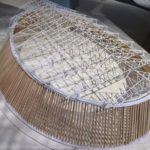
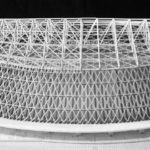
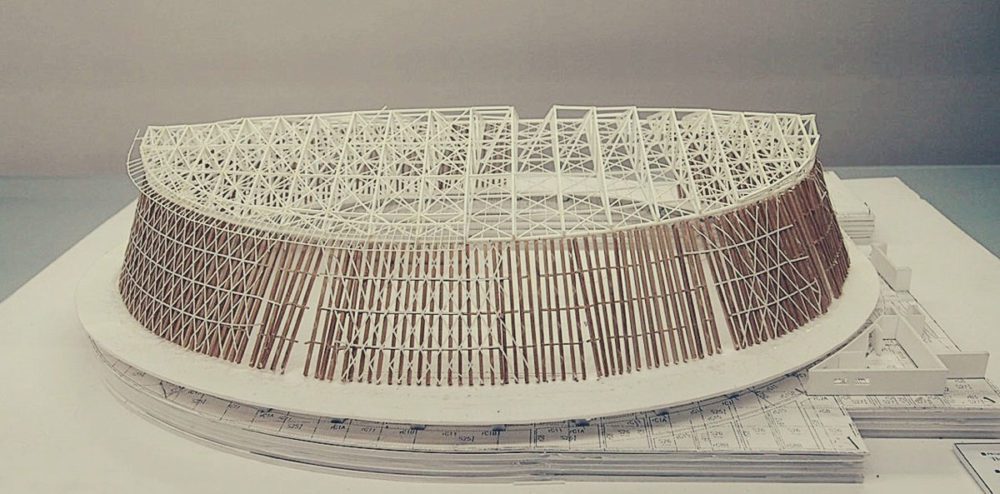
About Hiroshi Naito
Hiroshi Naito is a Japanese architect born in Yokohama, Japan, in 1950. He is the principal architect at Naito Architect & Associates based in Tokyo.
He received a Master’s in Architecture from the Graduate School of Waseda University, and he was chief architect at Fernando Higueras in Madrid, Spain, from 1976 to 1978. Back in Japan, he worked at Kikutake Architects from 1979 to 1981 before establishing Naito Architect & Associates in 1981. Naito is a Professor Emeritus at the University of Tokyo.
Hiroshi Naito has won numerous architectural awards. His major works include the Sea-Folk Museum (Mie, 1992), Chihiro Art Museum Azumino (Nagano, 1997), Makino Museum of Plants and People (Kochi, 1999), Fuji RINRI Seminar House (Shizuoka, 2001), River Retreat Garaku ANNEX (Toyama, 2002), Shimane Arts Center (Shimane, 2005), Hyugashi Station (Miyazaki, 2008), Kochi Station (Kochi, 2009), TORAYA Kyoto (Kyoto, 2009), and Asahikawa Station (Hokkaido, 2011).





Thank you